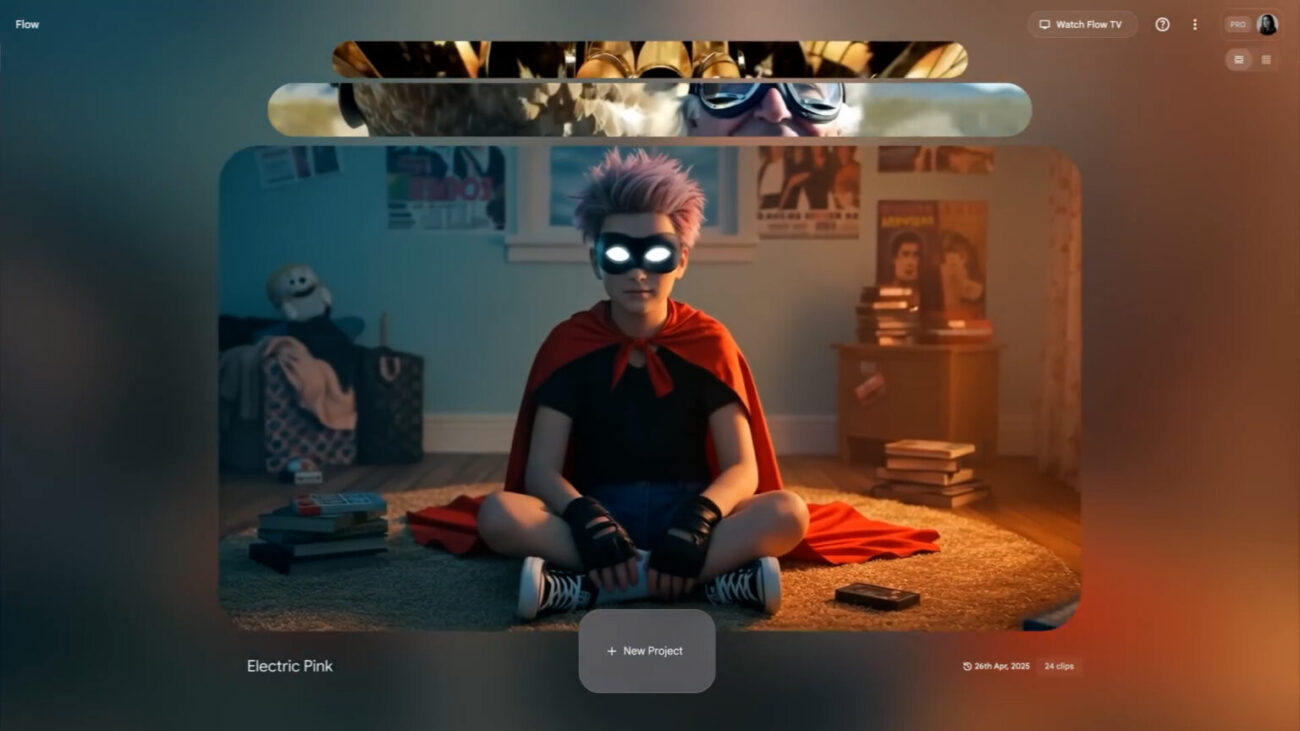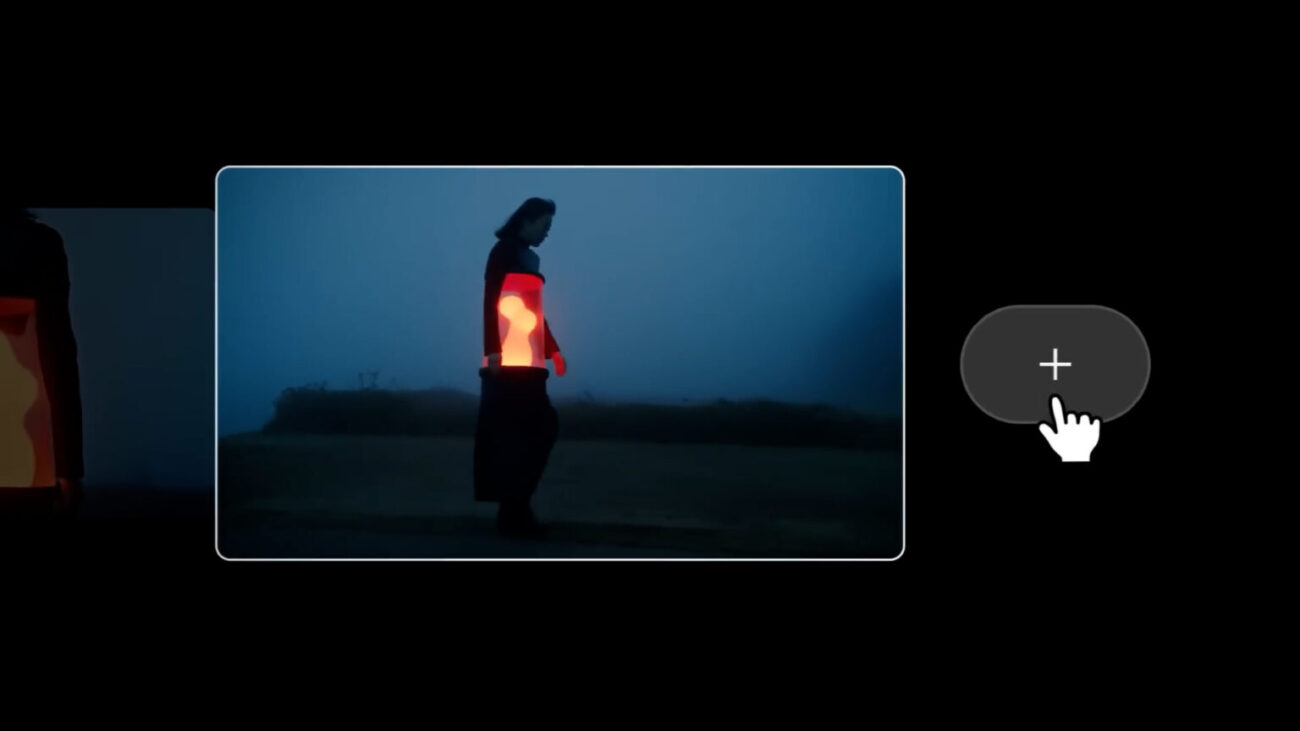Google DeepMind’s Veo 3 and Flow: A New Era in Filmmaking

Google DeepMind’s Veo 3 and Flow: A New Era in Filmmaking
Google DeepMind’s newest tools, Veo 3 and Flow, represent a major transformation in the way films can be created. These advanced AI systems are capable of producing cinematic, polished video content using nothing more than a few lines of text. There’s no need for cameras, crews, or conventional production processes. From a technical standpoint, the capabilities are groundbreaking—but they come with deeper implications.
As the power of these tools increases, the line between filmmaker and prompt engineer starts to fade. If AI can make movies, what role do filmmakers have left? This could signal a new phase in artistic evolution—or it might quietly sideline human artistry altogether.
To showcase the technology, Google has already collaborated with director Darren Aronofsky. You can learn more about that collaboration on their website.
Veo 3: Text-to-Video with Audio
Veo 3 is DeepMind’s most advanced video generation model so far. It transforms natural language prompts into full video clips complete with realistic motion, synchronized dialogue, background music, and sound effects. Impressively, it even handles lip-syncing and dynamic camera work with a high degree of realism. The results are cinematic and cohesive, maintaining a professional look across multiple shots.
Users can define the visual style, emotional tone, and camera setup they want. The model also supports reference images to help shape the scene’s aesthetics. Veo 3 outputs up to 1080p resolution and is optimized for longer, structured sequences rather than short video loops.
Currently, Veo 3 is only available through a limited early access program. General public access is restricted unless users subscribe to one of Google’s premium AI plans. More details are available on the official Veo website.
Flow: Google’s AI Filmmaking Interface
Flow is the creative environment designed to work with Veo 3. It merges video generation, image creation, and natural language understanding into one cohesive interface. Flow allows users to build entire scenes from scratch, fine-tune them, and manage all visual and narrative elements without needing to leave the platform.

Key Features of Flow
- SceneBuilder: Edit and expand scenes while maintaining consistent pacing and visual style.
- Camera Tools: Adjust shot composition, lens selection, and movement dynamically.
- Asset Libraries: Organize and manage characters, environments, and prompts.
- Flow TV: A curated stream of AI-generated content and tutorials.
Flow is less about recording reality and more about simulating it. The platform is streamlined, efficient, and highly adaptable. To access Flow’s full capabilities and Veo 3, users must subscribe to the Google Gemini AI Ultra plan.

Flow and the Future of Filmmaking
Tools like Veo 3 and Flow democratize visual storytelling by making high-end production more accessible. This could dramatically shift who gets to create films and how. However, this convenience also removes many of the creative choices, technical limits, and unpredictable moments that define traditional filmmaking. In a fully simulated world, where does craftsmanship go?
If an AI builds the visuals, who is the true storyteller? When a system fills in creative gaps automatically, does the process remain artistic—or just become efficient?
Google DeepMind’s Veo 3 and Flow: A New Era in Filmmaking
Veo 3 and Flow aren’t just flashy novelties—they deliver results that rival professional film sets. This makes them powerful tools, but their impact on the artistic value of cinema remains debatable.

As a filmmaker, I’m astounded by the quality they produce. But let’s not forget: what they’re doing isn’t entirely new. Human teams have been achieving similar results for over a century. What’s different now is the speed and cost—advantages that could come at the expense of many jobs in the creative industry.

But Just Keep This in Mind when creators are given every tool imaginable, they often forget about meaning and depth.
Creative Ownership and Authorship Still in Flux
A persistent issue in the AI media space is authorship. Google uses SynthID watermarks to mark generated audio and video, but the legal landscape for synthetic performances, voices, and characters remains uncertain. Those in unionized or commercial productions relying on clear intellectual property rights should approach with caution.
Access and Price
To unlock full access to Veo 3 and Flow, users need to enroll in Google’s AI Ultra subscription plan, priced at $249.99 per month. The plan includes:
- Full access to Veo 3
- Full capabilities in Flow
- Gemini 2.5 Pro for advanced prompt understanding
- Project Mariner, an experimental research assistant
- YouTube Premium
- 30 TB of storage across Gmail, Google Drive, and Photos
Google currently offers a 50% discount for the first three months, bringing the initial monthly cost down to $124.99. These plans are available exclusively to users in the United States via the Gemini subscription portal.
 Cinema Cameras
Cinema Cameras Pro Camcorders
Pro Camcorders System Cameras
System Cameras Drones
Drones
